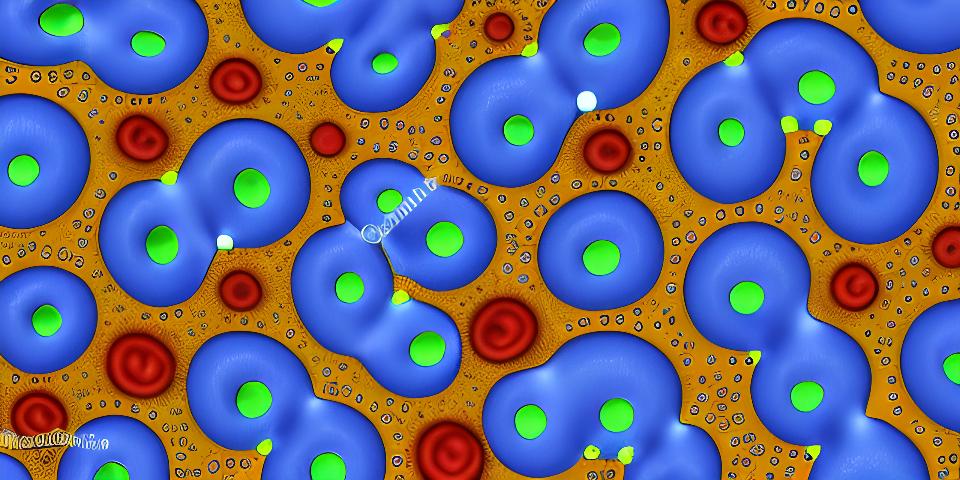How Post-Meal Movement Affects Blood Sugar Levels?
Introduction to Post-Meal Movement
The impact of physical activity on blood sugar levels is well-known. Engaging in post-meal movement, especially after consuming a meal high in carbohydrates, can help regulate blood sugar levels and promote overall health. Let’s delve into how post-meal movement affects your body’s glucose response.
The Role of Insulin and Glucose
To understand the relationship between post-meal movement and blood sugar levels, it’s essential to grasp the role of insulin and glucose. After a meal, the body breaks down carbohydrates into glucose, which enters the bloodstream. Insulin is then released by the pancreas to transport glucose from the bloodstream into cells for energy or storage.
Blood Sugar Spikes: The Importance of Control
In individuals with diabetes or impaired insulin function, blood sugar spikes after meals can be problematic. These spikes strain the body’s ability to maintain stable glucose levels effectively. Consistently elevated blood sugar levels can lead to complications over time.
Post-Meal Movement Benefits
Engaging in physical activity following a meal has several benefits:
- Blood Glucose Regulation: Exercise helps move glucose from the bloodstream into cells, reducing blood sugar levels and promoting stability.
- Increased Insulin Sensitivity: Physical activity improves insulin sensitivity, allowing cells to utilize glucose more efficiently.
- Weight Management: Regular movement can aid in weight management, which is crucial for maintaining healthy blood sugar levels.
Suitable Post-Meal Activities
The following activities are suitable for post-meal movement:
- A brisk walk around the neighborhood or office building
- Gentle stretching exercises or yoga
- Cycling on a stationary bike or outdoors
Incorporating Post-Meal Movement into Your Routine
To make post-meal movement a habit and optimize its benefits, consider these tips:
- Talk to Your Doctor: Discuss your exercise plans with your healthcare provider if you have any underlying health conditions.Schedule Time: Set aside specific time slots after meals for physical activity.Vary Activities: Explore different types of exercises to keep yourself motivated and prevent boredom. ListentoYour Body:Maintain a balance between physical activity and comfort. If you experience discomfort during post-meal movement, consult your doctor.
